
Station Name: LUTON BUTE STREET
|
| Date opened: | 3.5.1858 |
| Location: | South side of Station Road |
| Company on opening: | Hertford, Luton & Dunstable Railway. |
| Date closed to passengers: | 26.4.1965 |
| Date closed completely: | 26.6.1967 |
| Company on closing: | British Railways (London Midland Region) |
| Present state: | Demolished |
| County: | Bedfordshire |
| OS Grid Ref: | TL093215 |
| Date of visit: | May 1968 & 27th December 2010 |
Notes: The first section of the Hertford Luton & Dunstable Railway to open was between Luton and Dunstable. The line opened to goods traffic on 5th April 1858 and, after several delays to the planned opening to passengers, this finally happened on 3rd May 1858. The town had waited a long time to be connected to the railway network, and huge crowds flocked to the station to travel on the trains. Special cheap returns tickets to Dunstable were available on the opening day, and the first train consisted of 22 coaches which required two engines to haul it. Many of the passengers didn't bother with tickets, and some passengers even travelled on the roof of the coaches as they couldn't get a seat inside. The St Albans brass band travelled on the train to entertain the revellers. The final train of the day was due to depart from Dunstable back to Luton at 9.30 pm and, although its departure was delayed until midnight, many passengers had to walk home as there wasn't room for them. Luton station had a large forecourt at the end of Bute Street. Approaching the station the GNR coal yard was on the right and the goods yard was on the left. The station building was somewhat austere in appearance comprising a two-storey brick building with a single-storey booking office at the east end. The building also included station offices, parcels office, waiting rooms and, after 1886, a refreshment room. The booking office opened onto platform 1 which served the down line. Opposite this platform there was an island (platforms 2 and 3) for the up line. In later years this had its own waiting room and a police office. Platform 1 had a substantial canopy supported by the station building, while the canopy over platforms 2 and 3 was supported on central metal columns. On the north side of the island platforms there were two sidings used for the storage of freight rolling stock. The station was refurbished in 1876.
A single-road wooden engine shed was opened on 3rd May 1858; it is not known whether it was built by the LNWR or HL & DR. It was closed c1861 to be replaced with a brick GNR shed to the east of the station on the up side; this was also short-lived, closing c.1908. After closure the building was partially demolished, leaving just the centre section supporting a water tank; it was demolished in October 1970. There were also two water columns, one on platform 1 near the footbridge and the other at the east end of the island platform. The Midland Railway opened their station at Luton on 13th July 1868 on the extension to St Pancras, the Midland line running parallel to the GNR through Luton. For some years, it was known as Luton Midland Road to distinguish it from the earlier GNR station. The station originally consisted of 3 platforms before modernisation in 1937 saw an additional fourth platform added. In 1960 a further platform was added for the suburban services to and from St Pancras. The two stations were spanned by a lattice footbridge which ran from High Town, to the north of the Midland, with access to platforms on both stations before running above the Great Northern forecourt to Bute Street. The station was renamed Luton Bute Street for goods services on 1st July 1950 and for passengers on 25th September 1950.
After final closure of the line in 1989 the remaining track through Bute Street was lifted in 1992 to create additional parking, while the remainder of the track into Dunstable was mothballed, the Great Northern warehouse was demolished in 1994. The trackbed through Bute Street will now be used for the Luton - Dunstable busway. The footbridge linking High Town with the Midland station and across the site of Bute Street station to Luton town centre was still in use until early 2011, although the original lattice bridge has been replaced with a modern structure. The council plans to redevelop the area. This included demolishing the bridge which has stood in the same position in one form or another for over 150 years. The proposal met with strong local opposition but the campaign was lost in the spring of 2011 when the bridge was demolished. The redevelopment of the area includes the Bute Street station site which has been a car park since closure of the station. BRIEF HISTORY OF THE LEIGHTON BUZZARD TO WELWYN GARDEN CITY LINE
Nothing was done until 1844 when a meeting was held in Luton. By now there was mounting opposition to the scheme which would have to cut across the 'Great Moor', a large area of undeveloped common land close to Luton. This angered George Stephenson who vowed that Luton would not get a direct railway connection to London as long as he lived. Although the Luton line was not built in Stephenson's lifetime (he died in 1849), a branch line to Dunstable received Royal Assent on 30th June 1845 with the passing of the Dunstable, London & Birmingham Railway Act which authorised a line between Leighton and Dunstable. Inevitably a meeting was held in Luton to discuss proposals from local businessmen to build a line from Luton to the new line at Dunstable once it was completed. Many people preferred a counter proposal for a direct line between London and Manchester passing through Luton, which would be 14 miles shorter for passengers travelling to London, avoiding the need for a change of trains at Dunstable and Leighton. Another option was to build a branch to the Great Northern Railway's London to York line which was already under construction and would pass 12 miles to the east of Luton. The direct route was chosen as the best option which, at that time, left Luton without a railway while other branch lines in the area were already being planned and built.
On 3rd July 1854 the Hertford & Welwyn Junction Railway received parliamentary authority to build a line from the North Eastern Railway at Hertford to the GNR at Digswell, and on 30th September 1854 there was a proposal to extend this line across the GNR to Luton and Dunstable linking three established railway companies (NER, GNR & LNWR). Not wanting to be left out, the GNR offered to work the line between Hatfield and Luton although it was not prepared to provide any finance.
The Luton, Dunstable & Welwyn Junction Railway Act was passed on the 16th July 1855 authorising a junction with the LNWR at Dunstable and a triangular junction with the GNR at Digswell together with a bridge over the GNR to allow through running over the H & WJR between Hertford and Dunstable. All three companies were authorised to work the line. A single track was built (with the intention of doubling in the future) with construction starting on 16th October 1855 which, in Luton, was designated as a half-day public holiday as residents had waited so long to get a railway!
Initially there were five trains in each direction on weekdays only; two of these were later extended to Leighton. At this time Luton trains used a new station in Church Street, Dunstable, with through trains to Leighton bypassing the LNWR station which was at a lower level. Initially an end-on connection had been proposed which would have required raising the level of the road by three feet to provide a level crossing. This was rejected by Parliament, so a diversion was authorised in 1856 taking the new line over Watling Street, rejoining the Leighton line to the west of Dunstable station. A proposed new station at the junction was not built at that time, although through trains from Luton could back into the LNWR station if required.
There was a junction with the GNR at Welwyn, but no station was provided, and the H & WJR station at Welwyn Junction was closed with trains on both lines terminating at Hatfield. In 1864 there were six daily down trains between Hatfield and Leighton, with five up trains. There were a further two down trains between Luton and Leighton in the early morning with two up trains in the afternoon and evening and one train in each direction between Hatfield and Dunstable. On Sundays there were two down trains between Hatfield and Dunstable, with one up train with two short-running services. The Hertford, Luton & Dunstable Railway was absorbed by the GNR under the Great Northern Railway Act of 12th June 1861. This gave the GNR exclusive rights to operate the line, although a clause in the Act gave the LNWR joint rights to use the section between Dunstable and Luton. In December 1868 new parallel lines into Hatfield were brought into use for the branch services, and the earlier junctions were removed in January 1869. Although built as single track throughout, it was always the intention that the line would be doubled, and sufficient land was acquired over some of the route. In the late 1890s the Great Northern line between Digswell and Hatfield was widened with a new track being provided for Dunstable trains, and the old Dunstable line becoming the new down slow main line In 1890 passenger numbers were sufficiently high for doubling the line between Luton and Dunstable. This was authorised by Parliament in 1891, but progress was slow and it did not open until 10th September 1899. Proposals to double the remainder of the line brought a lukewarm response from the GNR. Passenger numbers increased through the 1890s, and by 1900 there were nine trains in each direction between Luton and Dunstable, with eight in each direction between Luton and Dunstable and seven between Dunstable and Leighton.
Through the 20th century the line remained very profitable, due in part to the large number of private sidings, in particular those serving chalk quarries near Dunstable, the sand and gravel pits around Leighton Buzzard and, later, Vauxhall Motors in Luton. Following the 1923 general grouping the Dunstable branch became part of the London Midland & Scottish Railway while the Hatfield to Dunstable line was part of the London & North Eastern Railway. This split continued after nationalisation in 1948 with British Railways Eastern Region being responsible for the Hatfield line as far as Harpenden down distant signal, with the remainder of the line coming under the London Midland Region. On 2nd April 1950 the boundary was adjusted, transferring Harpenden (East added on 25th September 1950) to the LMR. Diesel-hauled freight trains started replacing steam in February 1959, and passenger trains in June 1959, the latter being replaced with DMUs in 1962.
The line remained open for freight traffic until 1st January 1966 after which it was cut back to Grovebury sidings south of Leighton Buzzard, serving sand and gravel pits, until final closure on 5th December 1969. Track-lifting was piecemeal, starting at Dunstable in late 1968 but not reaching Stanbridgeford until July 1969. Track-lifting west of Stanbridgeford started in February 1970 and was not completed until February 1971. National Cycle Route 6 now follows what is now known as the Sewell greenway between Stanbridgeford and Dunstable.
The Hatfield line was scheduled to close on 6th January 1965 as part of the Beeching cuts. Closure was deferred following local objections - but only until 24th April when the last 'Skimpot Flyer' carried a wreath and a large number of passengers on a farewell journey along the line: it returned to Hatfield almost empty! The line remained open for freight and for goods traffic to Luton Bute Street until 26th June 1967. After that date the line between Luton and Dunstable was singled and retained to serve the Dunstable Cement works at Houghton Regis, with a new connection from the Midland main line at Luton opening in November 1965. The east end of the line was also retained for rubbish trains bound for Blackbridge sidings east of Wheathampstead. Track lifting on the remaining section between Blackbridge and Luton started at the Eastern Region/London Midland region boundary west of Harpenden East station on 8 May 1966 towards Luton and from 26th February 1967 towards Blackbridge. Blackbridge sidings closed in May 1971, and much of the track between Welwyn Garden City and Wheathampstead now forms the Ayot Greenway cycleway and footpath, with the the trackbed between Luton Hoo and Harpenden is incorporated into the 50-mile Lee Valley Walk.
In the early 2000s the South Midland Railway Group set up a base in the ex-Bedford Trucks sidings on White Lion Retail Park at Dunstable and planned to form a transport heritage centre. The site was linked to the mothballed line to Luton via an illegally reinstated connection which the group hoped to reopen in the long term. The lease of the yard, however, was not secured, and in July 2001 it was reported that the group was in dispute over their occupation of the site. The project ended when the illegal connection to the Luton to Dunstable branch line was removed in March 2001, and vehicles were removed in July 2001 and January 2002; the remaining railway vehicles on the siding were finally cut up by the council, and the tracks were lifted in 2005. In December 2003 the Department for Transport approved the Transport & Works Act submission for a £85m scheme to convert the line into a guided busway. Planning permission and a Transport & Works Order were granted in November 2006, and the Transport Minister gave the go-ahead in August 2008. Tenders for its construction were sought in July 2009.
Sources: Wikipedia (Leighton Buzzard station) and the Hatfield, Luton & Dunstable Railway by G & S Woodward (1977). Published by Oakwood Press ISBN 978-0-853614-58-6. For further reading see Hertfordshire's lost railways by Keith Scholey ISBN ISBN 1 84033231 X and Bedfordshire's lost railways by Keith Scholey ISBN ISBN 184033 271 9 and Branch Line to Dunstable by Sue & Geoff Woodward (2008) Published by Middleton Press ISBN 978-1-906008-27-7. Other web sites: Lost lines - features photos taken along the line between 1989 - 2007. BBC Beds, Herts & Bucks web site. Disused Railways web site. Click here to see an aerial view of the whole Leighton Buzzard - Dunstable line on Google Earth. All the stations are shown. Prepared by Mark Percival. Tickets from Michael Stewart & Jim Lake, 8804 from Brian Halford, route map drawn by Alan Young, Timetable from Alan Young To see other stations on the Leighton Buzzard - Welwyn Garden City line click on the station name: Leighton Buzzard, Stanbridgeford, Dunstable North, Dunstable Town, Chaul End, Luton Hoo, Harpenden East, Wheathampstead, Ayot, Welwyn Garden City Halt (first station) & Welwyn Garden City (second station) |
||||||||||||||||||||||||
bute_street_old9.jpg)
Copyright photo by H C Casserley

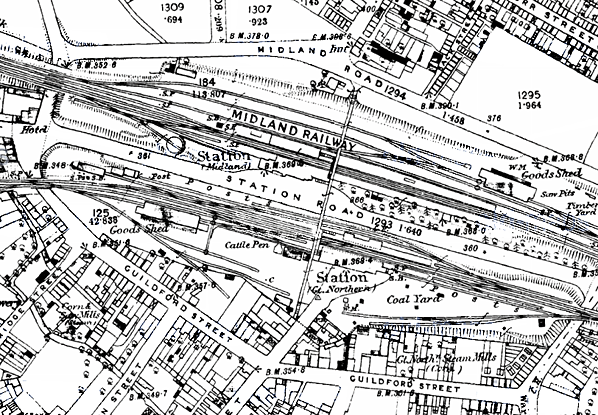
bute_street_old11.jpg)
Copyright photo by H C Casserley
bute_street_old5.jpg)
Photo from Jim Lake collection
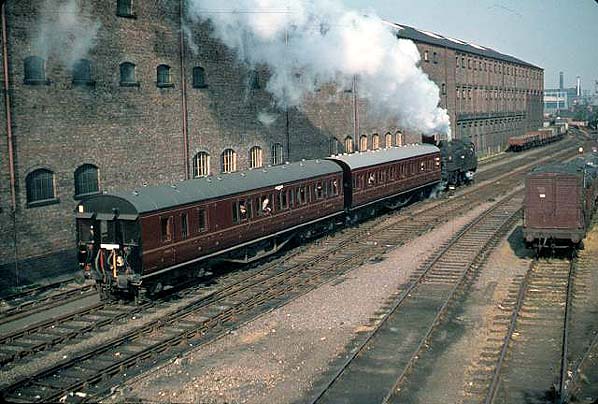
Photo by John M Cramp (from 30937 Photographic Group web site)
bute_street_old22.jpg)
Photo by David Pearson
bute_street_old6.jpg)
Copyright photo from John Alsop collection
bute_street_old12.jpg)
Photo by Bevan Price
bute_street_old4.jpg)
Photo by David Rice
bute_street3.jpg)
Photo by Nick Catford
bute_street4.jpg)
Photo by J E Connor
bute_street15.jpg)
in spring 2011.
Photo by Richard Thomasson
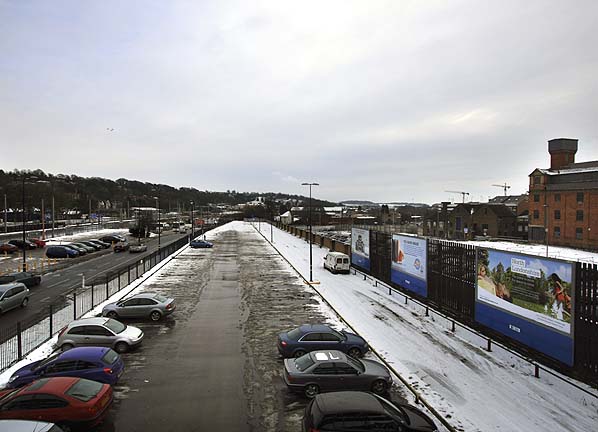
Photo by Nick Catford
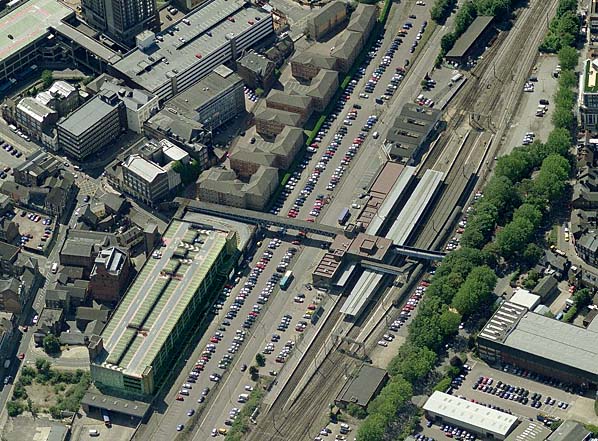
The site of Luton Bute Street station c.2005. Luton Midland is seen on the right. The blocks of flats at the top stand on the site of the goods warehouse. The large building bottom left has now been demolished.
Click here for more pictures of Luton Bute Street station
| Last updated: Sunday, 21-May-2017 14:37:16 CEST |
© 1998-2011 Disused Stations
|

bute_street_old1.jpg)




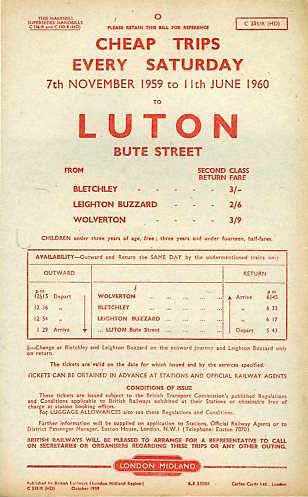


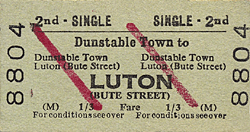
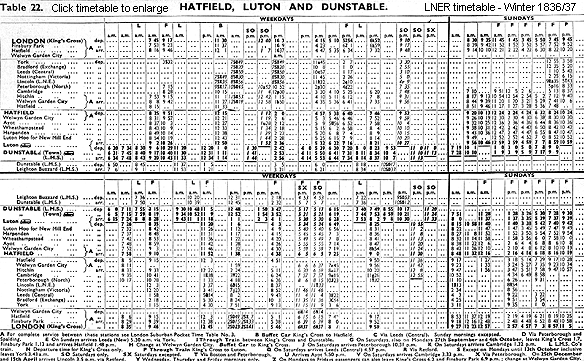


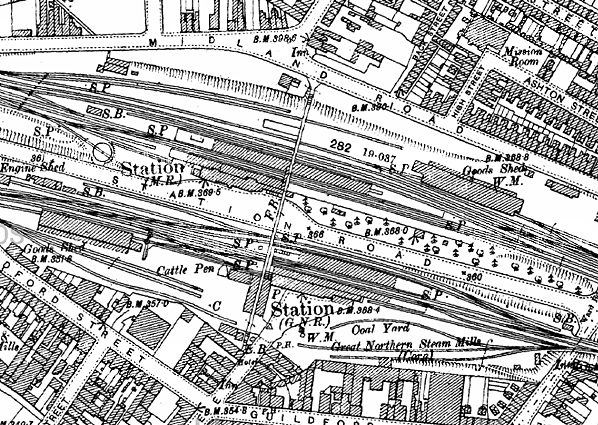

 Home Page
Home Page